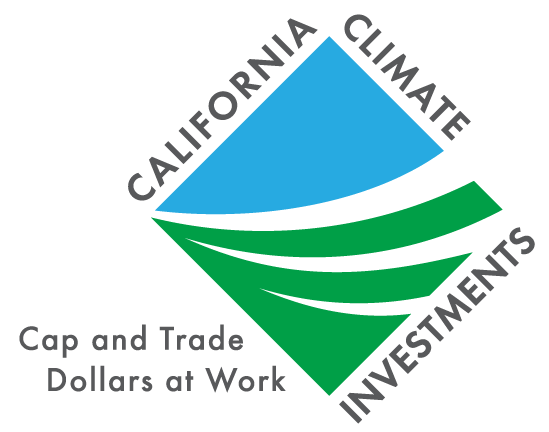Supported by a $565,470 grant from the California Department of Food and Agriculture’s Alternative Manure Management Program, Paul Danbom of Brindeiro & Danbom Dairy Farms in Turlock took a significant step towards improving the efficiency of his dairy operation and installed a new solid separation system. Instead of flushed manure being discharged directly into a settling pond and storage lagoon system, it is now pumped through a separator capable of capturing a large portion of manure solids, keeping that organic material from entering and decomposing in a liquid environment where it would produce methane. The project also includes a processing pit and a concrete composting pad.
Brindeiro & Danbom Dairy Farms has a proud history of valuing environmental conservation and making continuous improvements to his dairy operation. “I’m really appreciative of receiving this grant,” said Paul. “As a dairy farmer, I’m invested in protecting the land and being environmentally friendly and conscious on my ranch. It’s what consumers want, but I also want to continue making these improvements.”
The separated manure solids are integrated into windrows for composting along with orchard waste and re-used as a quality natural fertilizer on the fields and orchards for two ranches Paul manages. “This separator was the last piece of the puzzle for making the two ranches even more sustainable and allowing for significant recycling,” said Paul about the project. “Prior to implementing the separator, manure water from the dairy could only be easily applied to the land on one ranch. Having the solids separated and in a dry form makes moving the nutrients off-site where they are needed feasible.” The integrated dairy manure and orchard recycling also helps to reduce the amount of unrecycled waste the ranches send to landfills to three cubic yards per week.
In addition to reducing an estimated 5,104 metric tons of carbon dioxide equivalents over five years from solid separation and producing compost, the project is expected to have several other co-benefits, including cleaning flush water that can be re-used for irrigating fields, reducing the need for synthetic fertilizer, and reducing the use of heavy equipment and associated emissions previously needed to remove solids from the lagoon system.


